If you're shipping products in any quantity via ocean freight, you might have come across the acronym LCL and FCL. LCL and FCL express two different methods of shipping goods based on the volume and size of the cargo that will be transported. Understanding the difference between LCL and FCL is important for efficient and cost-saving shipping operations.
What is LCL shipping?
LCL stands for less than container load and describes sea shipping for cargo loads not large enough to fill a full 20ft or 40ft shipping container. With LCL you only use a portion of a shipping container’s capacity. The remaining space within that container will be filled by goods owned by other people or companies.
LCL shipping is a good option If you need to move small loads often and have some flexibility in your schedule. It’s also a more reliable way to move your goods during peak season when capacity is tight.
With LCL shipping, you only pay for the space your cargo takes up in the container — you share the space and the costs with others.
What is FCL shipping?
On the other hand, FCL stands for full container load. However, it does not mean that a container has to be full, just mean you can use and pay for an entire container.
FCL freight is an ideal option for shipping larger volumes that occupy either most or all available space in a single container. The size of the shipping container will also determine if this is the right option for you. For instance, you might be able to fill a 20ft container but not a 40ft one.
FCL gives you quicker transit times compared to LCL, minimizing the chances of cargo damage or contamination. So you can rely on your goods to arrive on time and in excellent condition.
LCL vs FCL: Which One Should You Choose?
When making a decision between LCL or FCL freight, it is important to consider more than just the cost or size of your shipment. Your choice between FCL or LCL sea freight will have a significant impact on various aspects of the ocean shipping service. Here are a few key factors to keep in mind when making your decision:
LCL: Less than Container Load | FCL: Full Container Load | |
Shipment's Volume | LCL can be used for shipments as little as 1 CBM, or less, although the minimum chargeable volume is 1 CBM. LCL is ideal for shipments with a volume of less than 15 CBM. | Regardless of the volume, any shipment can use the FCL shipment. However, it is advisable to consider booking a full container when the total space that the load consists of 15 CBM or more. |
Freight Cost | Charged by volumetric/dimensional weight or actual weight, whichever is greater More cost-efficient at lower weight breaks | Pay for the whole container Most cost-efficient when volumes can fill most of the container |
Speed | LCL can take at least one week or longer in total transit time compared to FCL. Extra days are required to account for unloading, sorting, and deconsolidation processes. | The transit time is typically shorter when compared to LCL since the containers are unloaded from the vessel and transported directly to the final destination. |
Security | There's a higher risk for damages, theft, or loss since the container is shared with other shipments. | There is a lower risk of the cargo getting damaged, stolen, or lost because the container is sealed at the point of origin and remain unopened until they reach their final destination. |
Flexibility | Less Flexible -need to stick to schedule for consolidation with other shipments More time is needed for loading
| More Flexible -no need for consolidation means you can fill the container at your own schedule |
Handling & Customs | LCL shipments are inspected more often at Customs and more handling deconsolidation needed for Customs clearance
| Less handling Faster Customs Clearance - More likely to pass through customs faster - esp. One shipper and homogeneous goods. If only one destination, can deliver directly from port. |
Local Charges | Shipments under LCL shipments are billed per CBM. Rates include the local charges for both outgoing and incoming ports. It is common to pay more on the local charges when you’re doing LCL compared to your previous FCL shipment. | The local charges for an FCL shipment are a fixed amount and are usually billed per container. These charges are generally lower than the costs incurred on LCL shipments. |
Understanding the difference between FCL and LCL is important for efficient and cost-effective international shipping. FCL is suitable for larger volumes, offering exclusive use of the container, faster transit times, and reduced risk of damage. LCL is advantageous for smaller shipments, providing cost savings, flexibility, and access to global markets.
While LCL allows buyers to ship lower volume for their shipments, the freight, including the local charges is usually higher than FCL, when comparing the per CBM rate. Thus, it is helpful always to compare LCL pricing with FCL when the CBM is high enough. Knowing shipping basics, and having a trustworthy freight forwarder will be beneficial for any buyer when choosing the right method to ship their products.
If you're shipping products in any quantity via ocean freight, you might have come across the acronym LCL and FCL. LCL and FCL express two different methods of shipping goods based on the volume and size of the cargo that will be transported. Understanding the difference between LCL and FCL is important for efficient and cost-saving shipping operations.
What is LCL shipping?
LCL stands for less than container load and describes sea shipping for cargo loads not large enough to fill a full 20ft or 40ft shipping container. With LCL you only use a portion of a shipping container’s capacity. The remaining space within that container will be filled by goods owned by other people or companies.
LCL shipping is a good option If you need to move small loads often and have some flexibility in your schedule. It’s also a more reliable way to move your goods during peak season when capacity is tight.
With LCL shipping, you only pay for the space your cargo takes up in the container — you share the space and the costs with others.
What is FCL shipping?
On the other hand, FCL stands for full container load. However, it does not mean that a container has to be full, just mean you can use and pay for an entire container.
FCL freight is an ideal option for shipping larger volumes that occupy either most or all available space in a single container. The size of the shipping container will also determine if this is the right option for you. For instance, you might be able to fill a 20ft container but not a 40ft one.
FCL gives you quicker transit times compared to LCL, minimizing the chances of cargo damage or contamination. So you can rely on your goods to arrive on time and in excellent condition.
LCL vs FCL: Which One Should You Choose?
When making a decision between LCL or FCL freight, it is important to consider more than just the cost or size of your shipment. Your choice between FCL or LCL sea freight will have a significant impact on various aspects of the ocean shipping service. Here are a few key factors to keep in mind when making your decision:
LCL: Less than Container Load | FCL: Full Container Load | |
Shipment's Volume | LCL can be used for shipments as little as 1 CBM, or less, although the minimum chargeable volume is 1 CBM. LCL is ideal for shipments with a volume of less than 15 CBM. | Regardless of the volume, any shipment can use the FCL shipment. However, it is advisable to consider booking a full container when the total space that the load consists of 15 CBM or more. |
Freight Cost | Charged by volumetric/dimensional weight or actual weight, whichever is greater More cost-efficient at lower weight breaks | Pay for the whole container Most cost-efficient when volumes can fill most of the container |
Speed | LCL can take at least one week or longer in total transit time compared to FCL. Extra days are required to account for unloading, sorting, and deconsolidation processes. | The transit time is typically shorter when compared to LCL since the containers are unloaded from the vessel and transported directly to the final destination. |
Security | There's a higher risk for damages, theft, or loss since the container is shared with other shipments. | There is a lower risk of the cargo getting damaged, stolen, or lost because the container is sealed at the point of origin and remain unopened until they reach their final destination. |
Flexibility | Less Flexible -need to stick to schedule for consolidation with other shipments More time is needed for loading
| More Flexible -no need for consolidation means you can fill the container at your own schedule |
Handling and Customs | LCL shipments are inspected more often at Customs and more handling deconsolidation needed for Customs clearance
| Less handling Faster Customs Clearance - More likely to pass through customs faster - esp. One shipper and homogeneous goods. If only one destination, can deliver directly from port. |
Local Charges | Shipments under LCL shipments are billed per CBM. Rates include the local charges for both outgoing and incoming ports. It is common to pay more on the local charges when you’re doing LCL compared to your previous FCL shipment. | The local charges for an FCL shipment are a fixed amount and are usually billed per container. These charges are generally lower than the costs incurred on LCL shipments. |
Understanding the difference between FCL and LCL is important for efficient and cost-effective international shipping. FCL is suitable for larger volumes, offering exclusive use of the container, faster transit times, and reduced risk of damage. LCL is advantageous for smaller shipments, providing cost savings, flexibility, and access to global markets.
While LCL allows buyers to ship lower volume for their shipments, the freight, including the local charges is usually higher than FCL, when comparing the per CBM rate. Thus, it is helpful always to compare LCL pricing with FCL when the CBM is high enough. Knowing shipping basics, and having a trustworthy freight forwarder will be beneficial for any buyer when choosing the right method to ship their products.
Popular Articles
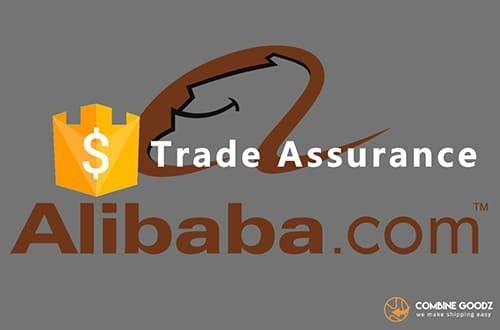
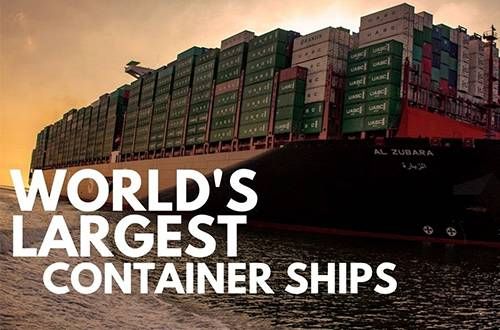
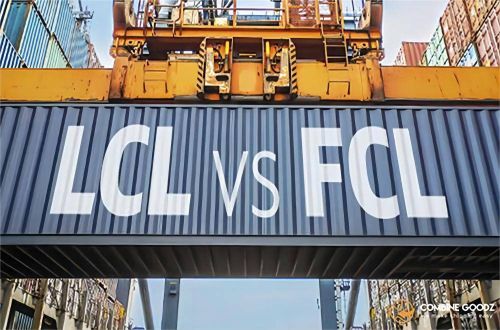
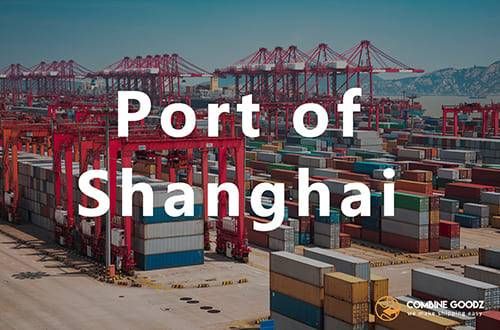
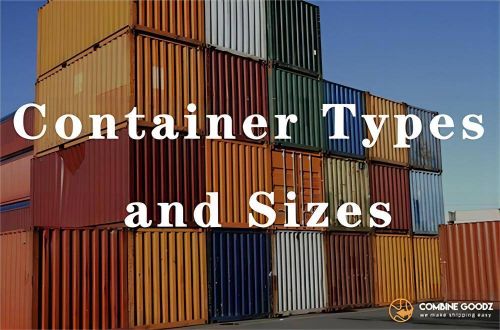
Categories
Share
The latest blogs and insights on what is happening in international transport and logistics.